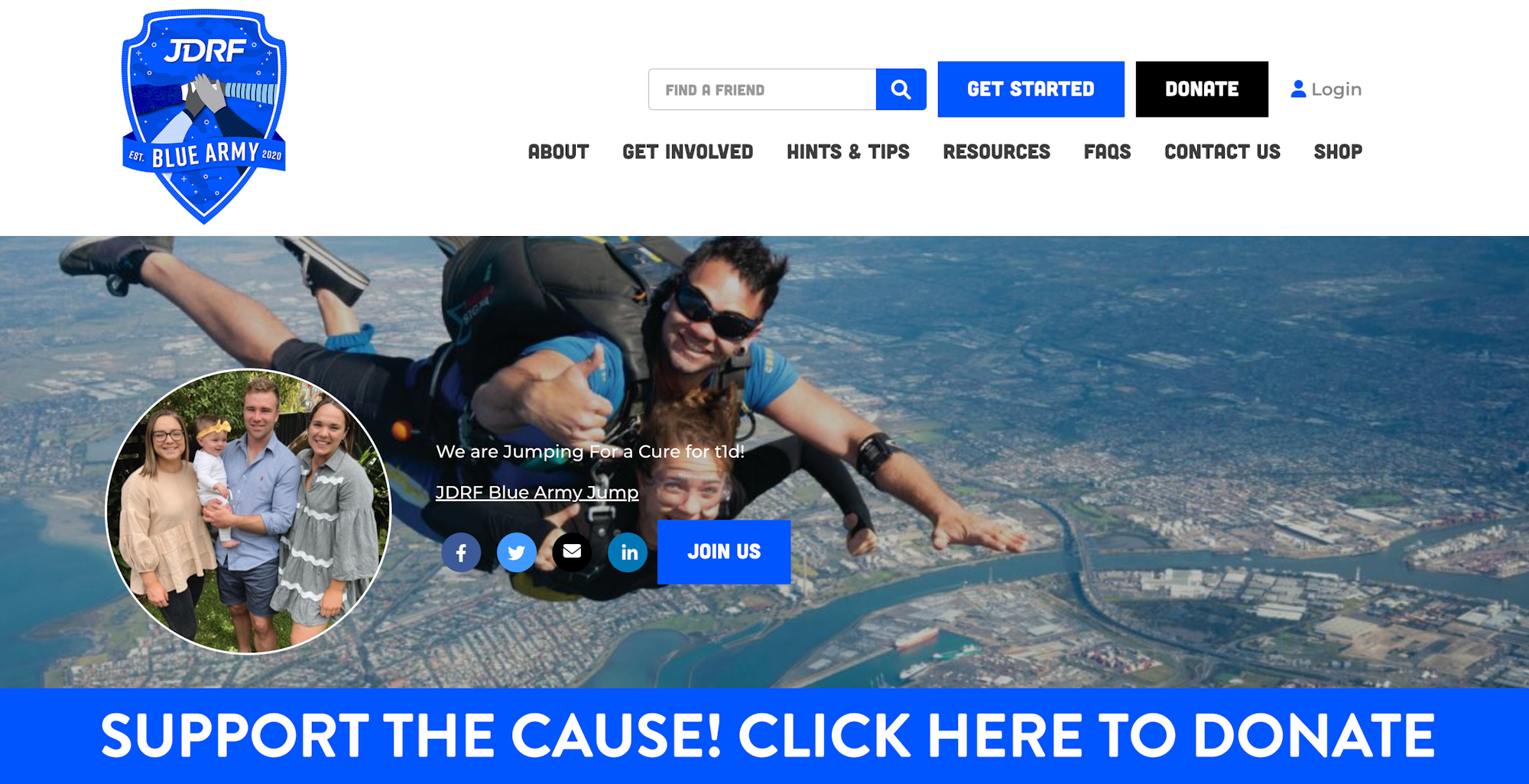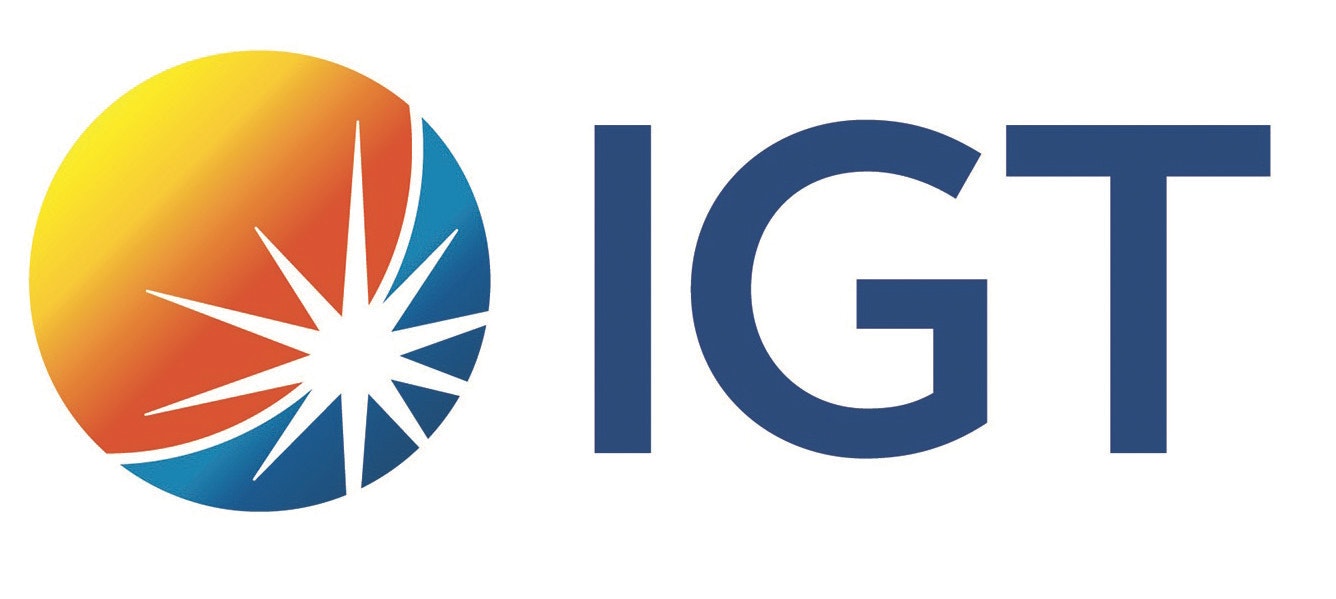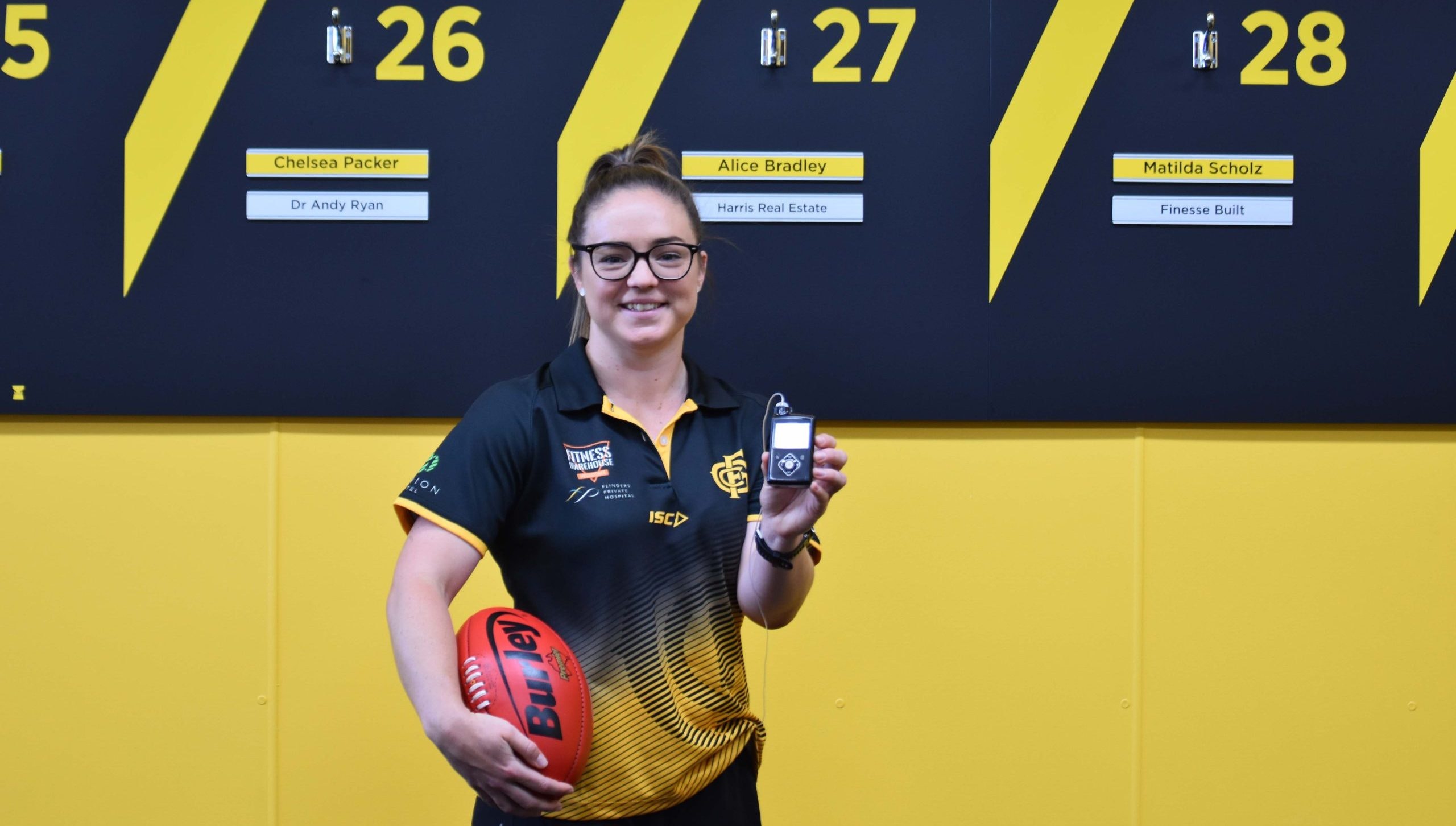
Alice Bradley on living with Type 1 Diabetes
This is her story.
Interview
Q: What is Type 1 Diabetes (TD1)?
A: So Type 1 Diabetes is an autoimmune condition where the body’s pancreas stops making insulin altogether. So with Type 2 Diabetes, they still have some insulin in their body but it’s not working as effectively as it used to. With Type 1 Diabetes, your body doesn’t have any insulin anymore. So you have to give that through an injection or through an insulin pump.
So insulin moves sugar from your blood into your muscles so your body can use it for energy. If you can’t do that, you get really tired, your body starts to use fat stores instead, which can make your body acidic and then people can become unwell from that.
So the only way to cure or manage diabetes is to give the insulin artificially.
Q: When were you diagnosed?
A: I was diagnosed when I was 13. I’m 27 now, so I’ve been living with it for quite a while.
So I was the typical athletic kid that was playing netball, basketball, softball, athletics. So I was quite busy.
But the one thing that was really great was that my doctor at the time when I was diagnosed said, ‘this is great that you do so much sport, keep doing that and don’t get deterred from doing that just because you have diabetes now’. So that was really positive from the start, but I guess it was a bit of a juggle of how do I now do that and have diabetes. So that was a learning curve as well.
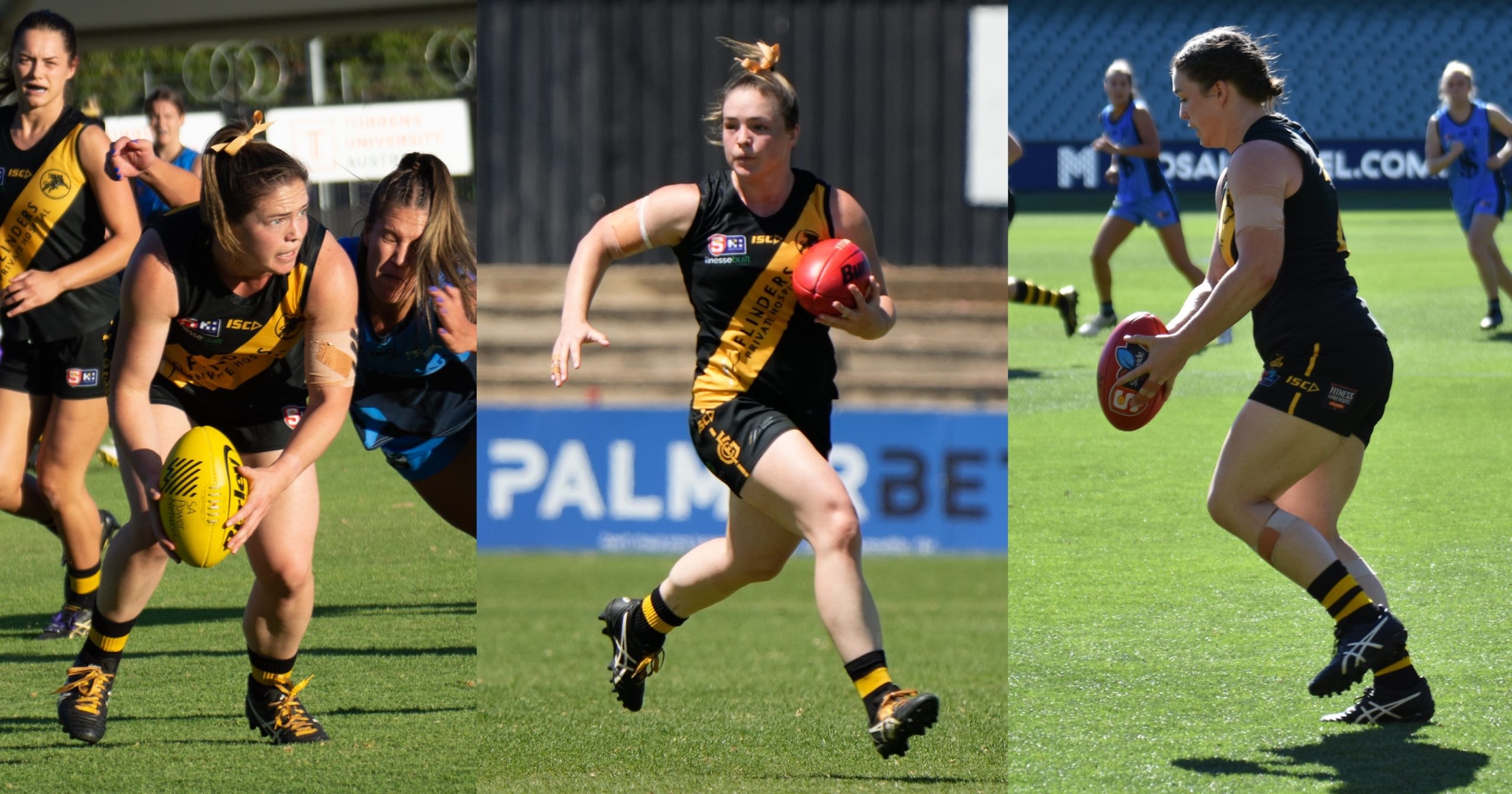
Q: What sort of equipment do you use to manage your diabetes?
Insulin pump
A: There’s lots of equipment around to manage Type 1 Diabetes now which is great. So all day, every day, I have a little insulin pump that is connected to me and feeds me with my insulin. I do sleep with it, although I can take it off to shower and I take it off for when I play games and trainings. I change the site once every three days, and this is instead of giving four injections. It’s really great, I put in what I’m eating, what my sugar levels are, how much food I’m eating, and it calculates how much to give me inside the pump. There are three mls of insulin in mine and this will last about four days and I will just replace that myself. Then I probably get a new pump every five years or so. But they’re really great – they’re very sturdy, and obviously being connected all the time they have to have really good wear and tear.
Glucose sensor
A: Then, I have a glucose sensor on my arm, which I change once a fortnight. With this, I can scan my phone and it reads my sugar levels and tells me if I’m trending to have higher sugar levels, or if they’re dropping, or if that is going stable.
So there has been amazing technology in the past few years, but the downfall with a lot of it is the cost. Some people find it really hard to afford, but hopefully with more government rebates it’ll be more affordable for the community because it’s amazing to be able to use.
Finger pricker
A: Finally, I have a finger pricker as well. So that’s the manual one. If this doesn’t work, then I do the classic prick your finger, bring the blood out and put it on a little strip, and that tells me what my sugars are.

Q: What brought you to Glenelg Football Club?
A: My family has always been involved with Glenelg. My brother Andrew plays and my dad used to play. So I always loved watching footy and I grew up watching lots of football, but could only really play other girls sports when I was younger.
So in 2018 I finished up with netball and I thought let’s try out something else. The SANFLW competition had already started then, and I was like great. So I did some training with another SANFLW club before I moved away overseas and joined up with an AFL group in London. Playing there was really fun – it was just a group of Aussies playing football together and having a great time.
It was a great start to the footy journey and it was a nice social start, but now I love playing and training hard and building up my skills and fitness at a great club with an awesome community behind it.
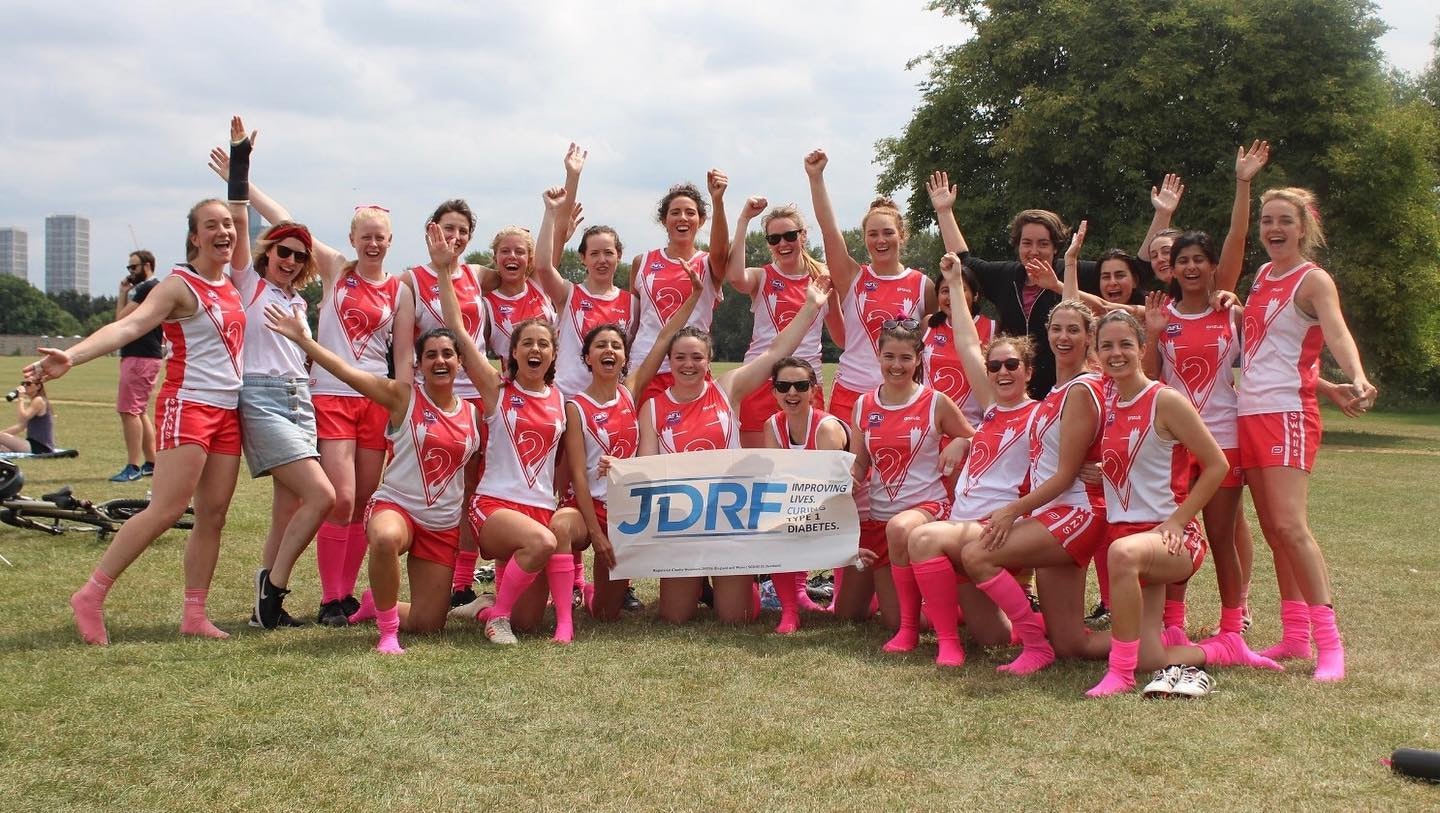
Q: How do you manage your diabetes on Game Day?
A: So game day can be pretty hectic, but I get a lot of support from Tina, our Team Manager. She has a little bum bag that she carries around for me where we put my blood testing strips, lollies and my phone in.
So before a game, I’ll make sure I eat a good breakfast or a good lunch and give myself my medication and then we’ll really monitor my sugars before the game. If I’m going too low before a game, I might feel a bit sick if I have to eat a lot of foods, so I really try and avoid that happening.
Then firstly I’ll go to see our trainer Zac, or any of the other support staff that are there, and we really strap and reinforce my glucose sensor, because if it comes off I unfortunately can’t put another one on. So we put lots of tape around just to really hold it. It looks a bit interesting and people think I have a bicep injury, but it’s just holding the sensor on.
Then during the game, I’ll get my sugar levels checked every quarter, so I’ll come off and get that checked. If I feel a bit off during the quarter, then Tina or someone else will check my sugars then as well and I will just bring myself off the field. I might need to eat a bit of lollies during the game if I’m going low, otherwise I’ll often run a lot higher during games because adrenaline really pushes my sugar levels up. So I’ll often reconnect my insulin pump, give some medication and then take it off and give it back to Tina.
Then after the game, I test my sugars a lot, because I can then drop quite low following exercise. So if we have a night game, I might be up in the night testing a few times or I’ll get alarms on my phone that I’ve gone low.
So there’s a lot around game day, but it’s great that the team’s really supportive and that our support staff, Tina and everyone is really great in making it run as smoothly as possible. And even if I’ve had a few trainings in a row where I’ve gone low and have had to sit out for awhile, everyone’s still so supportive and they don’t think I’m being lazy and just sitting out because I can’t be bothered. They know that it’s for a medical reason. And then if they see me holding my little tub of jelly beans, they often ask, how are you going? Are you feeling okay? So it’s really nice.

Q: How do you manage significant game days such as the 2021 SANFLW Grand Final or the Tigers’ first game at Adelaide Oval?
A: I’ve had a couple of games where I’ve been low at the start of the game and I can feel it. I already feel adrenaline from a game, but it’s a different kind of adrenaline that I feel from being low. I’ll be a bit shaky or I can just tell I’m not really concentrating right.
So that’s interrupted our rotations, which I feel really bad about from a team perspective, but everyone’s really, really great and just goes, okay you need to start off, that’s fine, we’ll just do a different starting rotation and then everyone just keeps playing. So it’s great that it doesn’t feel like it’s being too disruptive, but I’m very conscious of that and try not to make the team have to think about it too much.
At our Adelaide Oval game last year, which was amazing, before the game I wasn’t feeling right. It wasn’t good and I had to get some jelly beans in and luckily I got through the game. But definitely in the first quarter I think I was a little spaced out!
Then the 2021 Grand Final – that was amazing. It was one of the best days and I was so lucky to part of that for the women’s team here at Glenelg. When my adrenaline levels are really high that can really push my sugar levels as well, so I was probably quite high that day because there was so much adrenaline and excitement around the day. But I was fine and afterwards we just had fun and celebrated and I didn’t really pay too much focus to the sugars after that. I just make sure I got my hydration in and was eating, but we had lots of food supply from the team which was awesome to celebrate. So I was pretty relaxed after that and all the diabetes went well.
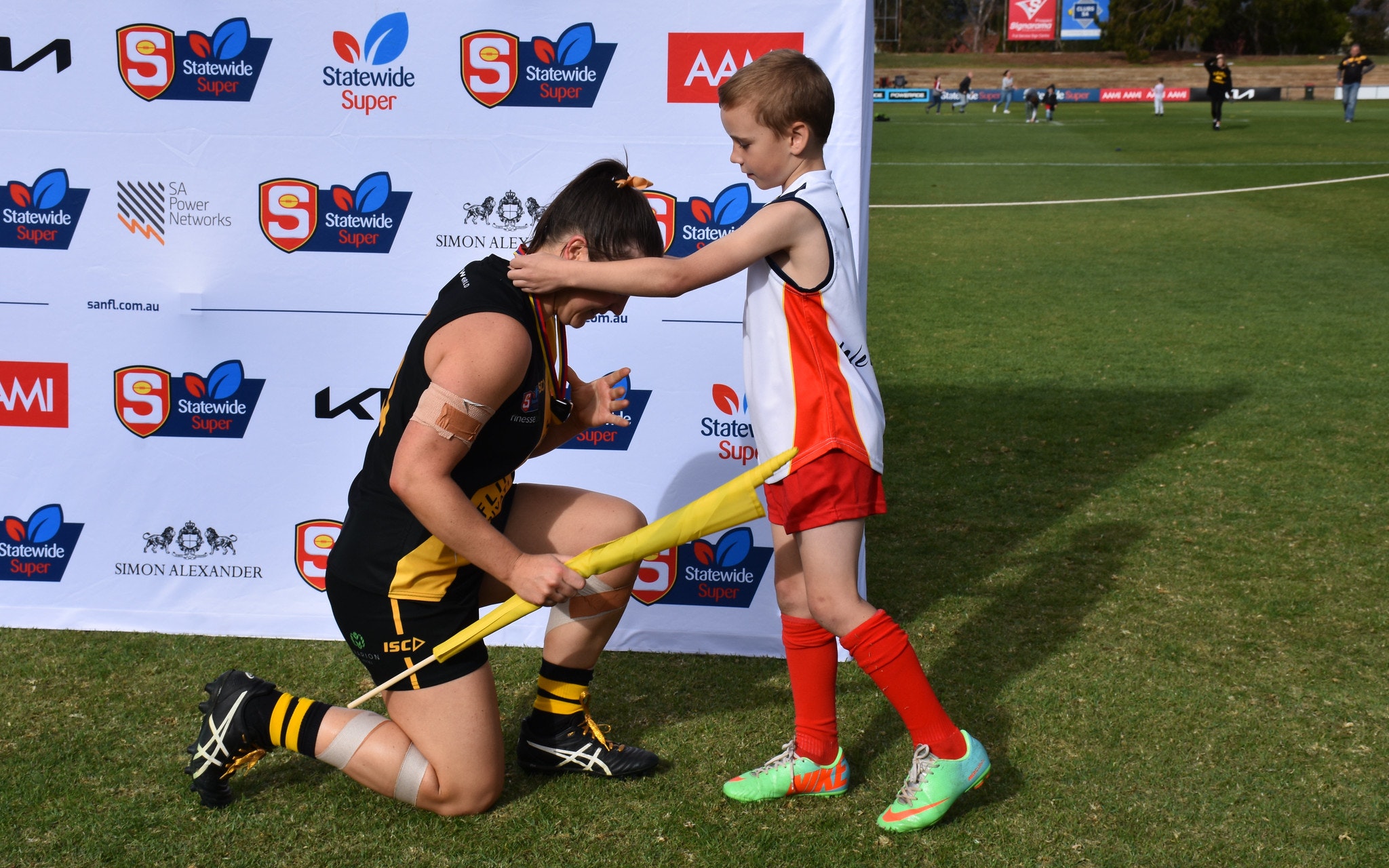
Q: Do you think there is enough awareness of diabetes in sport?
A: So in sport, there’s been a few people like Nathan Bassett who lives with diabetes and has increased a little bit of awareness, but there’s definitely still more that we can be doing. I know there are a couple of other girls in the SANFLW competition that have Type 1 Diabetes, but I haven’t seen information about them or how they manage their diabetes. So there’s definitely more information we could be sharing with the community.
Q: Can you tell us more about your fundraiser with the JDRF?
A: So my brother Andrew and I are doing a fundraiser for the Juvenile Diabetes Research Foundation (JDRF). So they are an amazing foundation that has raised so much money every year for people with diabetes and specifically Type 1 Diabetes.
So we are going to be doing a skydive on the 30th of April. It’s been a bucket list item of mine and for Andrew too, so we thought it would be a great opportunity to raise money at the same time for a charity that means so much to us. So we are very excited to do that, and all the money is going towards diabetes research and improving technology for people with diabetes.
Thank you to the Glenelg Football Club and everyone that has donated already to all future donors. Even just being able to share and spread awareness on social media or talk about it with your friends is amazing. We appreciate everything that everyone is able to do – every tiny bit counts!
Related News
-
 Club News
Club NewsGlenelg Football Club sign Kiana Lee for Season 2026
-
 Club News
Club NewsGlenelg Football Club 2025 Online Auction
-
 Club News
Club NewsReeva’s Match Wrap | Qualifying Final
-
 Club News
Club NewsA Message From The CEO
-
 Team Selections
Team SelectionsQualifying Final Team Selections | Season 2025
-
 Club News
Club NewsMember’s Night | 2025 Qualifying Finals
-
 Club News
Club NewsLachie Hosie wins 2025 Ken Farmer Medal
-
 Club News
Club NewsReeva’s Match Wrap | Round 19

